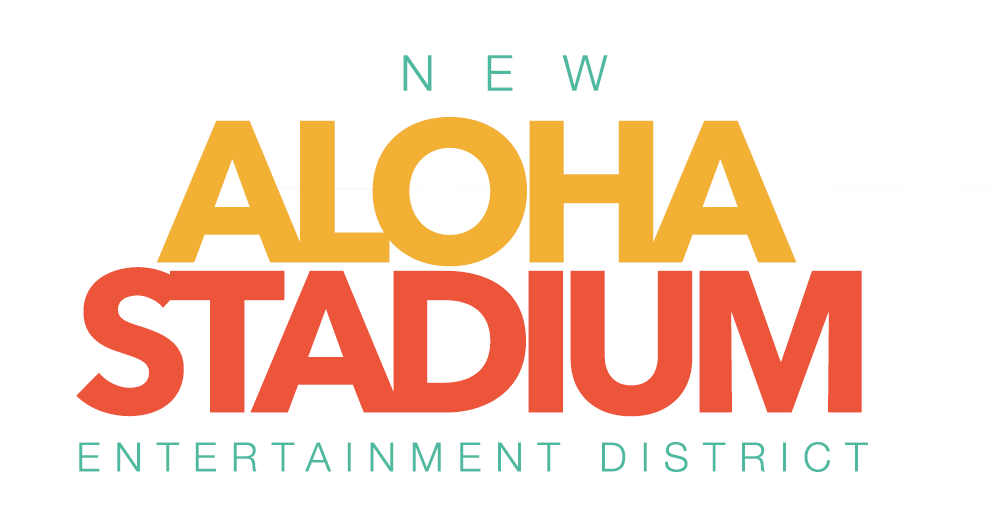Honolulu Star-Advertiser
Editorial | Our View
December 12, 2019
Updated 7:44 pm
At the center of the vision for an entertainment-anchored district in Halawa is redevelopment of Aloha Stadium — downsized to about 35,000 seats from the current capacity of 50,000. Slated for adjacent construction are commercial and residential features, as well as a rail transit station. It’s a major overhaul with much potential.
While plans for a multipurpose arena are now on a relative fast track, with the possibility of opening day in fall 2023, new development on the rest of the 99-acre state-owned property likely will be in the works for decades.
That’s the rough-sketch timeline before the Hawaii Community Development Authority, which is serving as “delivery agent.” Given HCDA’s experience with overseeing private-public partnerships, including Kakaako’s work-live-play makeover, the state agency could be well-suited for the role of the district’s P3 development arm.
In July, Gov. David Ige signed into law Act 268, which allows the state to issue a total of $350 million in bonds and general revenue to replace the aging stadium. Also, the law instructs HCDA to take a handoff from the facility’s management arm, Aloha Stadium Authority, and the state Department of Accounting and General Services.
Moving forward, HCDA is tasked with adhering to Honolulu’s transit-oriented development zoning rules, though the agency can override TOD zoning limitations with approval from the governor.
Honolulu Hale has touted TOD as a ticket for lively mixed-use hubs — housing (affordable housing, especially), jobs and services — within a half-mile radius of a rail station, spurring neighborhood investment and easing commuter travel.
So far, though, the city’s unassertive execution of TOD agreements within the Ala Moana corridor — near the 20-mile rail line’s terminus — has resulted in developers scoring a lot of high-end high-rises, with too few units reserved for moderate- and low-income local households.
Similarly, in Kakaako, pockets of affordability dot swaths that cater largely to the sort of luxury that attracts investment buyers. Towers built there in recent years have sold condo units at prices of $1 million or more.
More needs to be done to tackle Oahu’s chronic affordable housing problem; it’s estimated that more than 20,000 units are needed to meet demand. The Aloha Stadium district presents a fresh opportunity to do the right thing — to insist that a majority of the residences there are in the affordable bracket.
Among the housing options HCDA should examine: state Sen. Stanley Chang’s ALOHA (affordable locally owned homes for all) proposal, which calls for creation of low-cost leasehold condos for sale to Hawaii residents on state-owned land near public transit stations.
Based on an effective Singapore model, this proposal for dense condominium towers could be aesthetically plain, but bring thousands of households to the stadium district. It also presents traffic and parking challenges — but rail would help ease transportation-related headaches.
Now possible in the stadium district — through TOD zoning — are buildings up to 250 feet tall and as much as 3 million square feet of new development, including 2,000 homes.
For much of Aloha Stadium’s 44-year history, when the facility has not been in use for an event, other economic activity on the acreage has been negligible. That was due to long-standing land use restrictions that mandated only recreational or park use. Two years ago, the restrictions were lifted, clearing the way for promising mixed-use.
HCDA and the stadium district’s various stakeholders must prioritize careful planning, including an aggressive push for affordable housing. Also essential will be watchdog monitoring of taxpayer dollars as this under-utilized site undergoes major transformation.
READ FULL ARTICLE HERE

